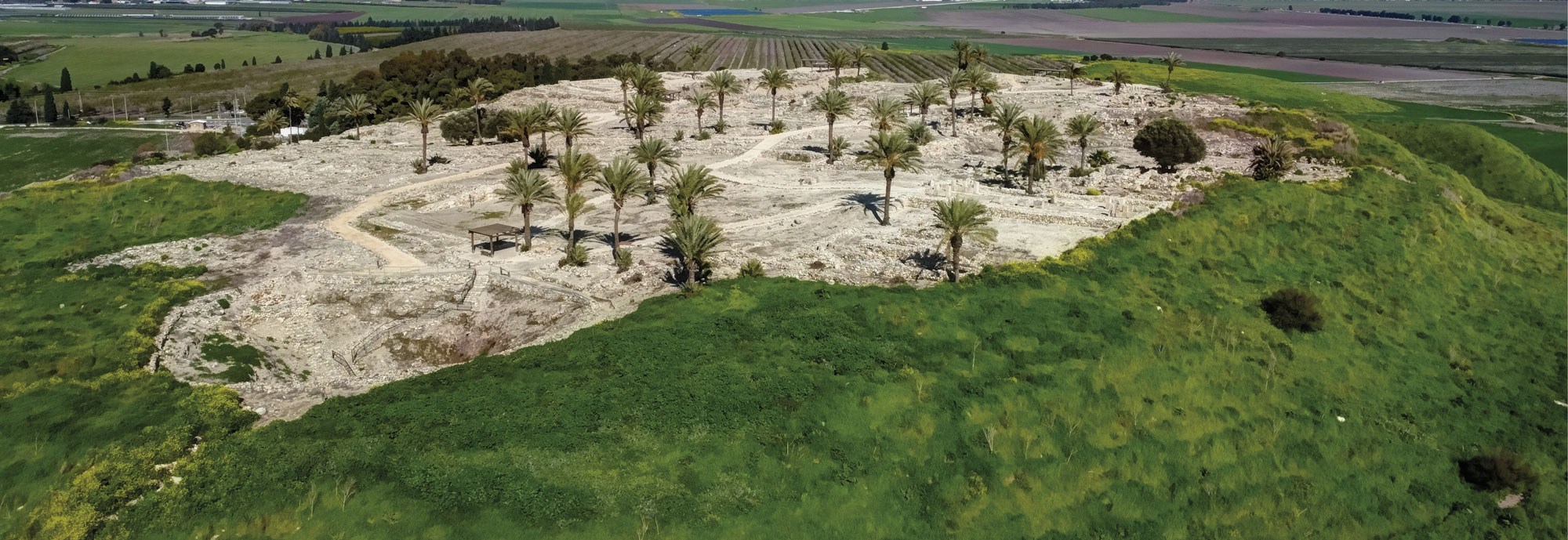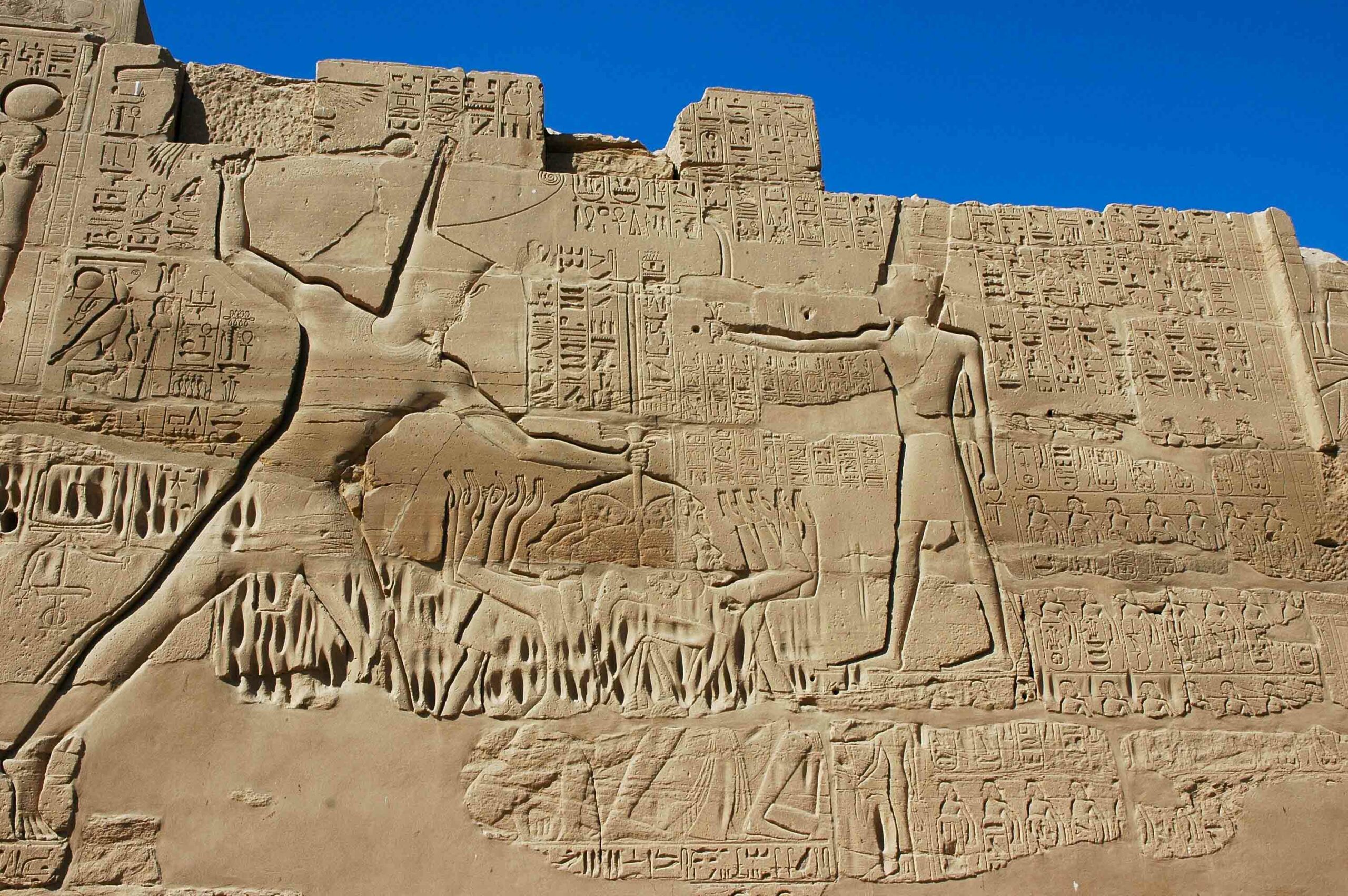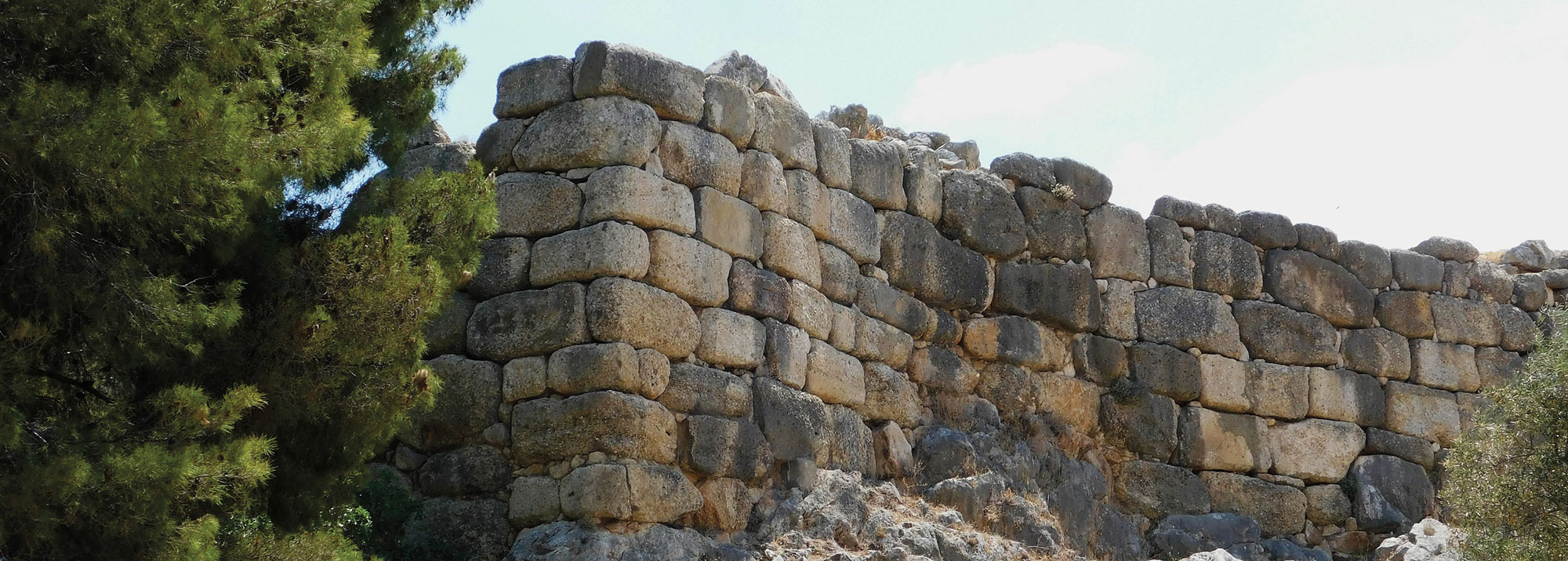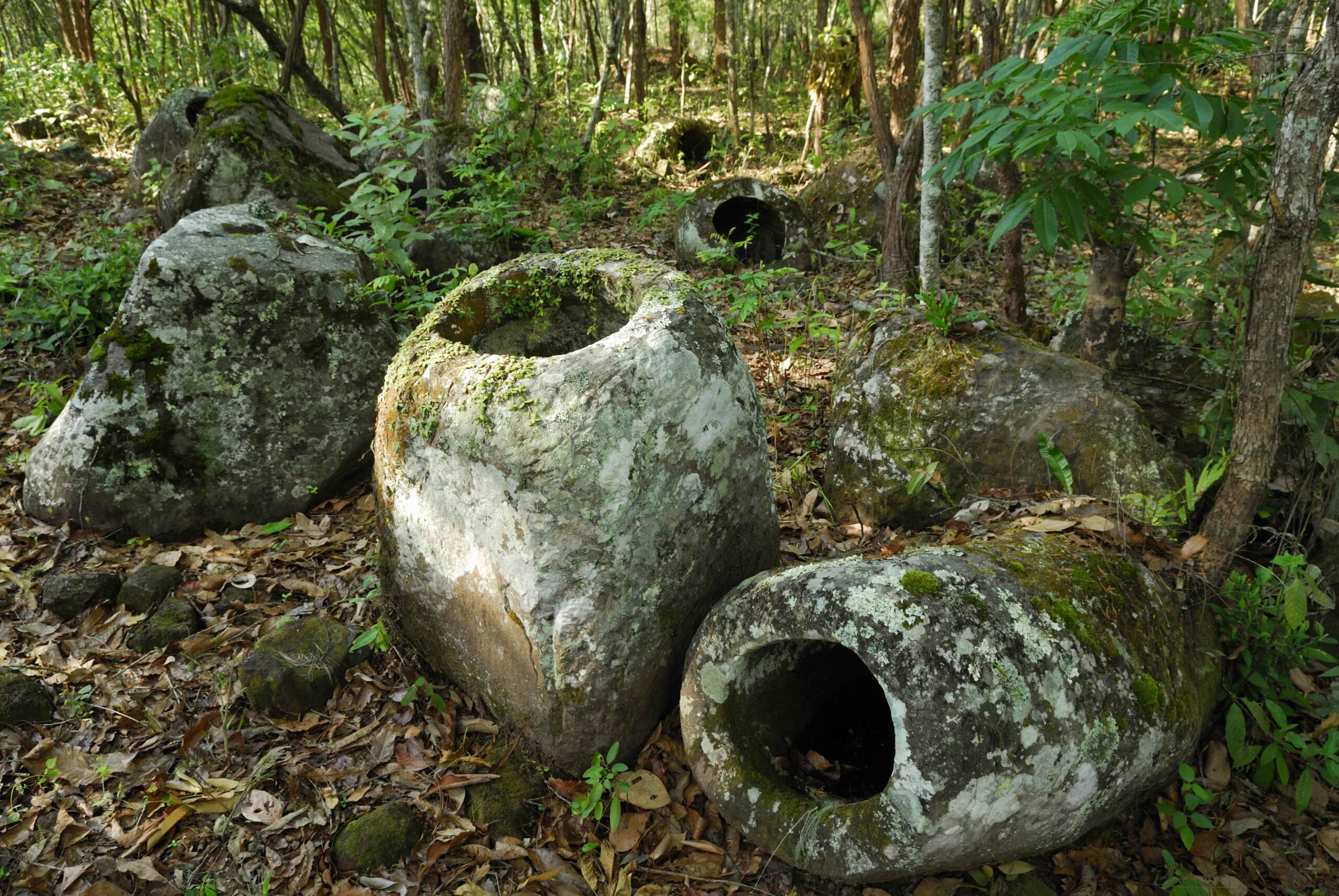
HULA VALLEY, ISRAEL—The Times of Israel reports that a dolmen containing the remains of an adult, a young adult, and a child has been found in a field of more than 400 ancient tombs in northern Israel. The underside of the tomb’s capstone, which is thought to weigh about 50 tons, had been decorated with engravings. At least four smaller dolmens had been built at its foot, and then the chambers were covered with a tumulus of stones. Researchers from the Computerized Archaeology Laboratory of Hebrew University made a 3-D model of the engravings, which archaeologist Uri Berger of the Israel Antiquities Authority said are the first to be found in a dolmen in the Middle East. The patina inside the carvings matches the rest of the rock face, suggesting that the tomb was decorated when it was built. “It’s a problem to date [the dolmens] because they are very obvious on the landscape and people have been using them since they were built 4,000 years ago or a little bit more than that,” explained Gonen Sharon of Tel Hai College. The scientists will attempt to radiocarbon date the bones discovered in the tomb. To read about another recent discovery in Israel, go to “Artifact: Middle Bronze Age Jug.”









